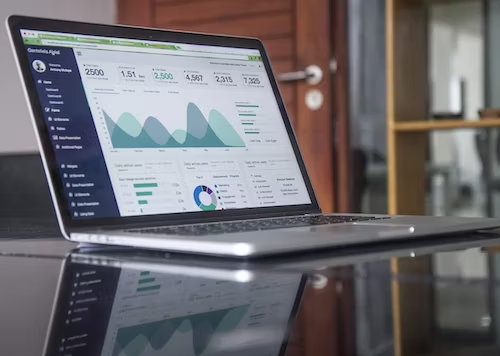DATA MINING
Data mining is a Exploration for patterns, anomalies and relationships in a large pool of data for extraction of meaningful knowledge and information. The process uses different types of statistical and computational approaches to discover previously unknown relations within unrefined data. Here's an overview:

Key Components of Data Mining:
Data Preparation:
Pre-processing entails scrubbing, sorting, and synthesizing information for examination.B The third step involves dealing with redundant information, incorporating missing values, as well as converting the data to be appropriate for analysis.
Pattern Discovery:
Extracting knowledge from the data through different techniques and tools in order to find patterns, links, tendencies, or abnormalities.
Model Building and Validation:
Using the detected trends and developing predictive models for verification of their true value.
Techniques and Methods:
Clustering:
The process of grouping similar data points into clusters based on specific traits or properties.
Classification:
Categorizing of previously unseen elements into predefined labels or categories based upon patterns seen in the sample set of this data.
Regression Analysis:
Correlating variables in order to predict numerical values or continuous results.
Association Rule Mining:
Inferring significant relationships or association among variables in vast data sets.
Applications of Data Mining:
Business and Marketing:
Examining customer conducts, evolving markets, and interests to improve marketing methods and augmented revenues.
Healthcare:
Detection of diseases trends within patients’ records for diagnostics, drug treatments optimization and prediction medicine.
Finance:
Fraud detection, market trend forecasts and taking risks in financial analysis.
Manufacturing and Retail:
Enhancing production efficiency, inventory control, and supply chains.
Telecommunications:
Service enhancement and fraud detection utilizing analysis of call detail records as well as network traffic data.

Challenges in Data Mining:
Data Quality:
The validity of findings that are based on such analysis depends on how accurate and complete is the data used.
Scalability:
Efficient and effective data management of bulk datasets.
Privacy Concerns:
Finding a balance between extracting valuable insights and protecting sensitive and personal information.
Interpretability:
The analysis of the results obtained by data mining, especially with regard to the explanation of complex patterns and models.
Tools and Software:
R and Python:
Various data mining and analysis libraries and packages in programming languages.
Weka:
Machine learning algorithms for data mining tasks.
RapidMiner:
It is an open source platform with several applications of the same type that can be used in data mining as well as analysing tasks.
Future Trends in Data Mining:
Big Data Integration:
Deriving insights through analyzing big data technologies on large and varied datasets.
AI and Machine Learning Integration:
Improved prediction accuracy with the use of modern machine learning processors.
Privacy-Preserving Data Mining:
Ensuring privacy compliance in developing methods to mine data without revealing sensitive information.
The key part in discovering the secrets behind this large amount of data lies in data mining. In future its development is likely to embrace higher level practices, automated solutions, and enhanced skills for extracting meaningful data from sophisticated data sets.

